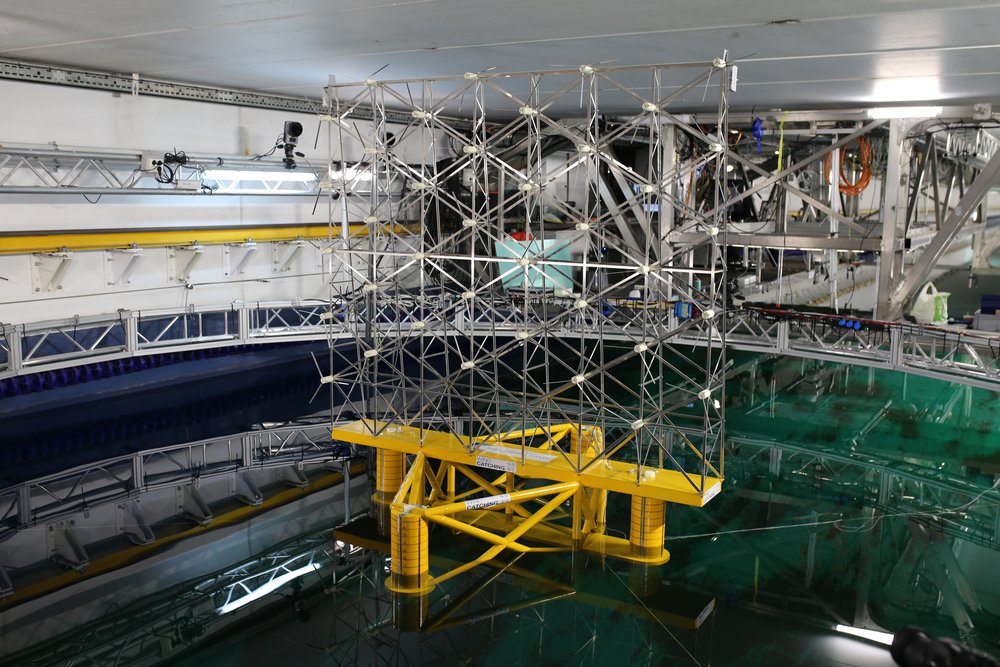Norway’s Massive Floating Wind Turbine Array Gets More Support

When Norway’s Windcatcher floating wind turbine array was introduced in 2021, there were a lot of people who doubted its design at over 1,000 ft (324 m) high and roughly just as wide. Over three years, it has made significant progress in realizing its vision that may quiet the doubters.
Rotors on wind turbines with conventional designs are often made bigger in the hope of pulling more megawatts, but the windcatcher floating wind turbine array developed by Norwegian engineers has chosen a different design philosophy.
Norway’s Wind Catching Systems (WCS) has introduced its Windcatcher design with a lot of small, relatively lightweight turbines sharing floating supports. All are trussed up in enormous arrays of structural scaffolding that can distribute not only the weight of the turbine fans and generators but also the force supplied by the wind across a broad area.
The scaffolding is a structure to support small elevators for installation or maintenance. Workers are able to access the areas behind the generations, allowing all the working parts to be installed and maintained easily once the main structure is finished.
According to WCS, by arranging a mega-array of smaller rotors in a grid, it can reach up to 126 MW or five times the energy of a 15-MW normal single-rotor turbine under weather in North Sea conditions, and it would generate more in some other locations on the Earth.
In addition, this design also would be simpler to install than conventional wind turbines and would allow easier access for maintenance, simpler scalability, and would have a service life of 50 years, longer than the period of 30 years from large single-turbine units.
In contrast to the doubt from detractors, the design now has received major support. WCS has secured up to $10 million USD in a Series A investment round from GM Ventures, and a total of US$2.2 million from Enova SF, a Norwegian government company focusing on the development of greenhouse gas emissions and clean energy technologies.
DNV (Det Norske Veritas), an international accredited registrar and classification organization providing services for various industries, including maritime, oil and gas, and renewable energy, has awarded an Approval of Principle to WCS for its 40-MW system, which is the first of four units for a project in Øygarden, Norway.

 Tech Steel & Materials
Tech Steel & Materials
Comments are closed